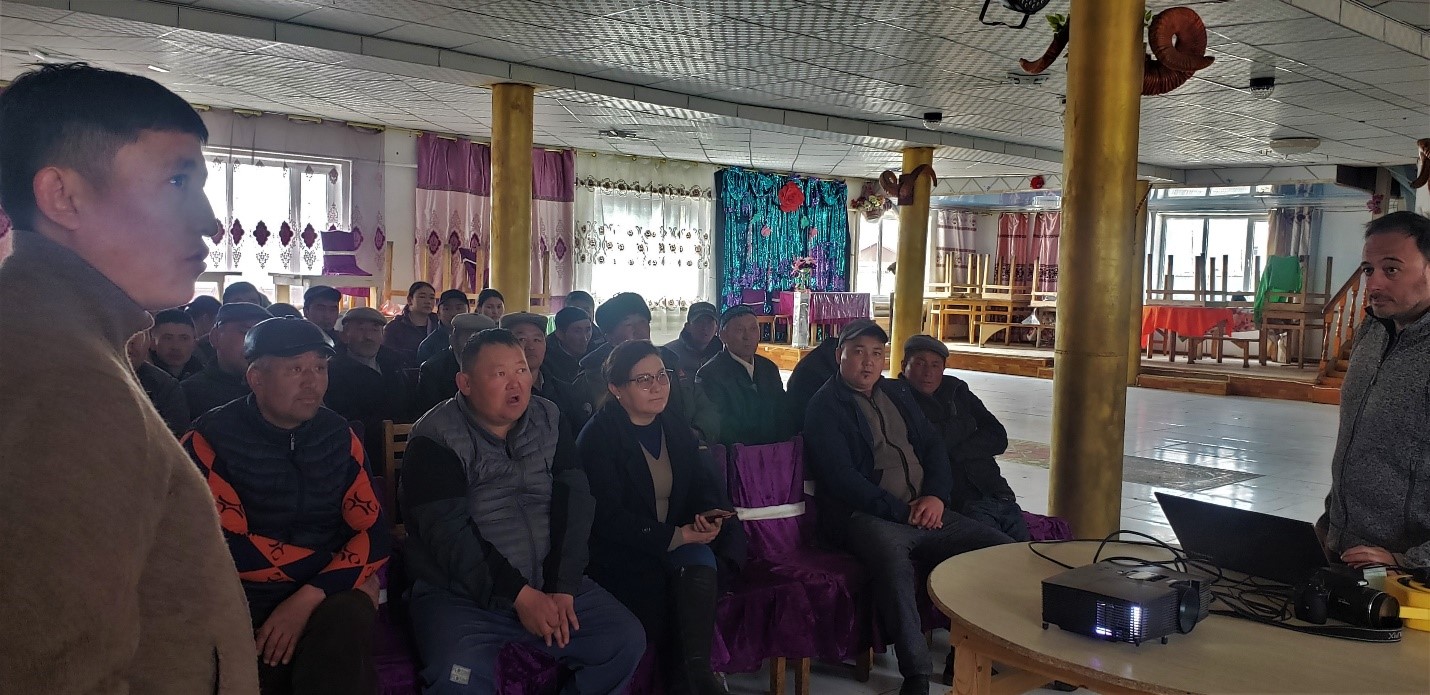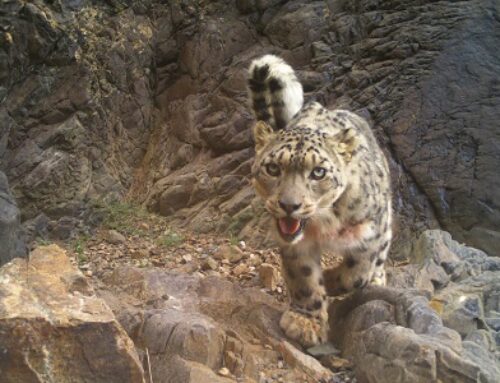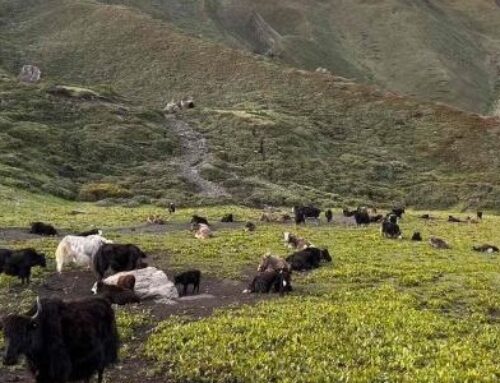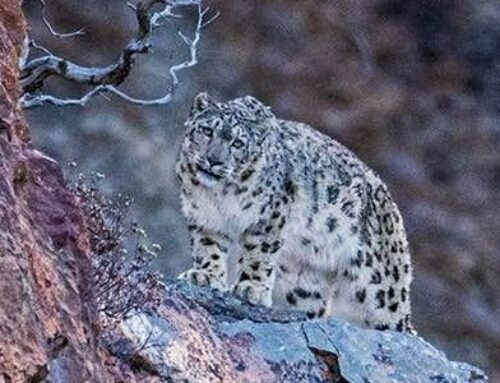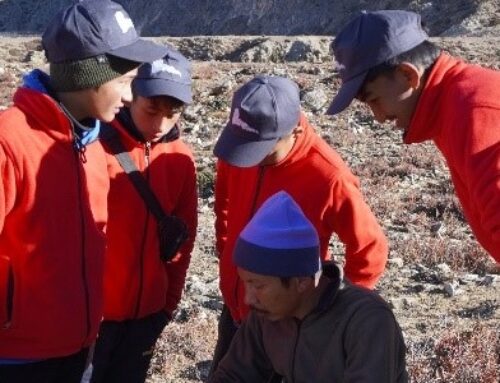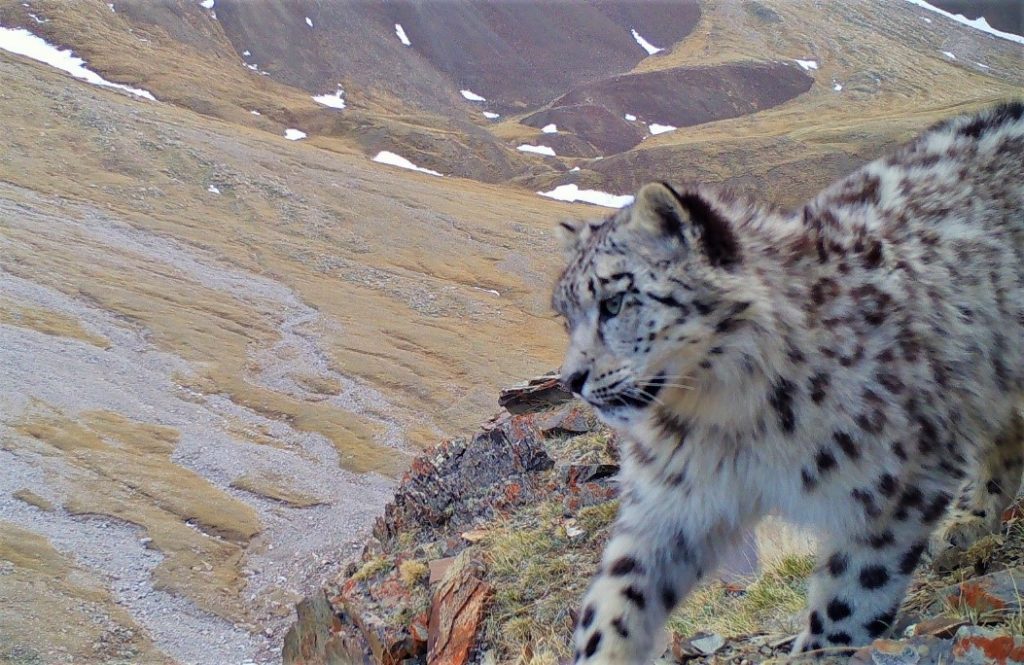
Living Alongside Snow Leopards in Mongolia
Early last year, in the January 2021 News post “Studying People-Predator Interactions & Testing Foxlights in Mongolia,” we described a series of ongoing studies begun in 2017 that Conservancy partner, Claudio Augugliaro, had undertaken to assess conflict between herders and predators such as snow leopards and wolves in the Bayan-Ölgii Province of Mongolia.
As part of the 2020/2021 portion of the project, Augugliaro and his team, together with the local herders, installed Foxlights solar-powered nighttime flashing lights throughout the region in order to determine their effectiveness as a predator deterrent.
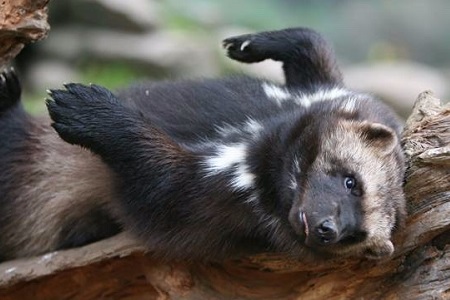
Eurasian Wolverine (Gulo gulo gulo)
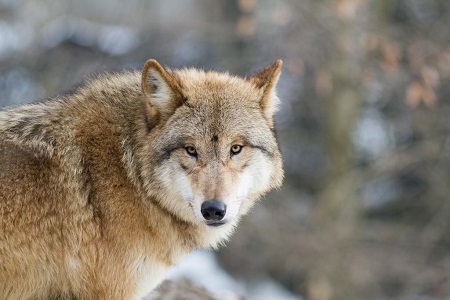
Mongolian Wolf (Canis lupus chanco)
During the most recent study which took place from September 2020 to December 2021, the team assessed predator attacks made by a variety of species, including bears, lynx, wolverines, wolves, and snow leopards on both small sized livestock such as sheep and goats and large-sized livestock like horses, cattle, and yak.
No livestock losses were positively attributed to lynx, wolverines, or bears. There were a number of livestock losses where the predator was unable to be identified. However, the attitude of herders toward these animals was generally found to be of a neutral nature.
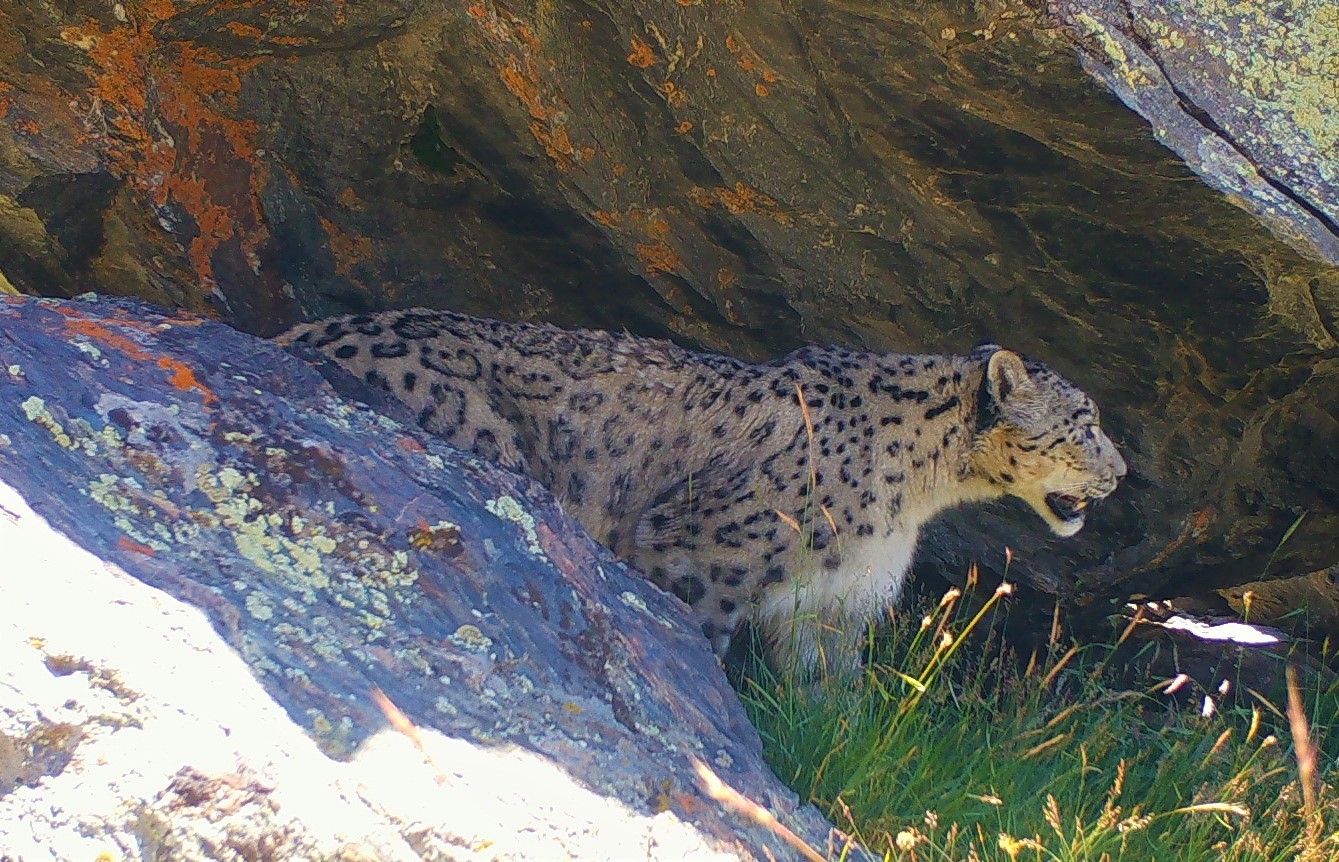
On the other hand, all of the identifiable livestock attacks were attributed to wolves and snow leopards. Interestingly, the attitude of herders toward snow leopards is much better than their attitude towards wolves. Wolves were found to be strongly disliked while feelings toward the snow leopard were generally moderate, with some being quite positive.
The reason for this difference could be based on a number of factors, the first being the number of losses. The ratio of losses by wolves to those of snow leopards was about 4:1. The herders’ perceptions could also be of a cultural nature, the snow leopard being seen as an iconic spiritual species. The more positive attitudes could also be a result of successful conservation education regarding the snow leopard species. Whatever the reason may be, when it comes to conservation of a species, perception plays a very important role.
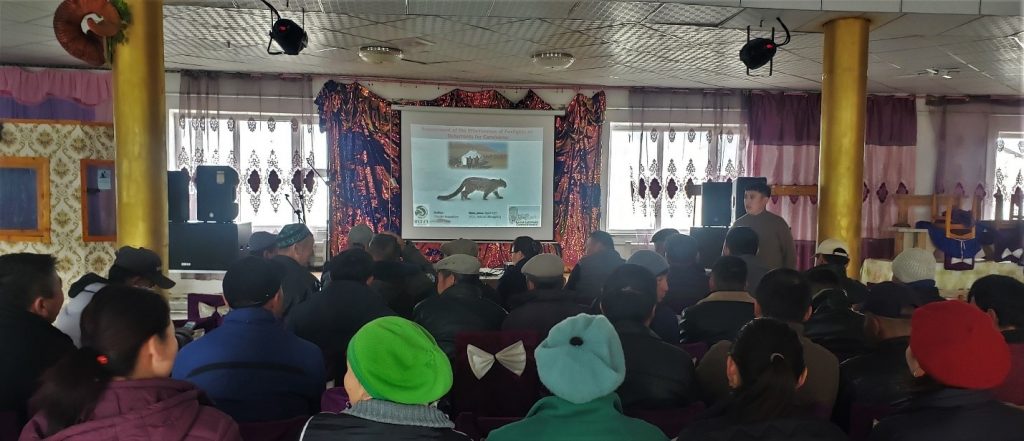
The team wrapped up the project with a workshop held in April 2022 that was attended by more than 70 herders and staff from local protected areas. All the herders in attendance agreed that Foxlights are a very important tool for preventing nighttime attacks on livestock. The study data, which was reviewed during the workshop, strongly supported their perception.

However, the herders also expressed the need to take action in the daytime pasture grazing area where livestock is less guarded, not being in the immediate proximity of a corral or herder camp.
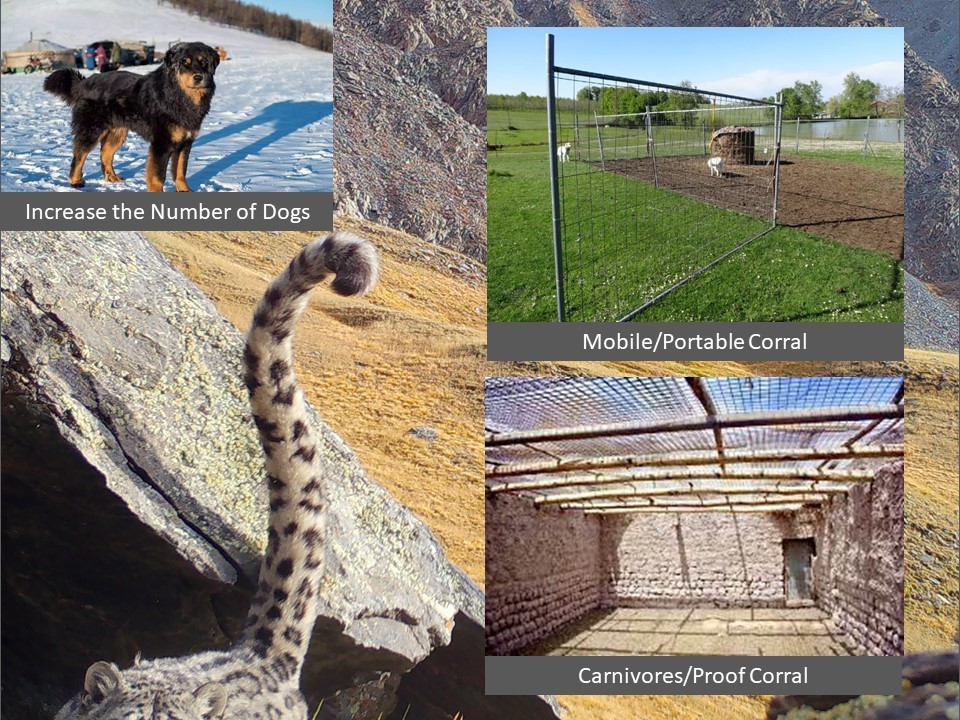
Various methods of enhanced daytime protection were discussed, including:
1) Utilization of predator-proof corrals
2) Increasing the number of guard dogs
3) Utilization of corrals which can be easily moved between pastures
The herders enthusiastically received the proposal to use mobile/portable corrals in grazing areas. While providing better daytime protection for livestock, a moveable corral would also allow for good pasture management by preventing over-grazing of some areas and keeping domestic livestock from straying into others set aside for wild ungulates. Additionally, these corrals are cost effective as they would be shared by a number of herders at one time.
